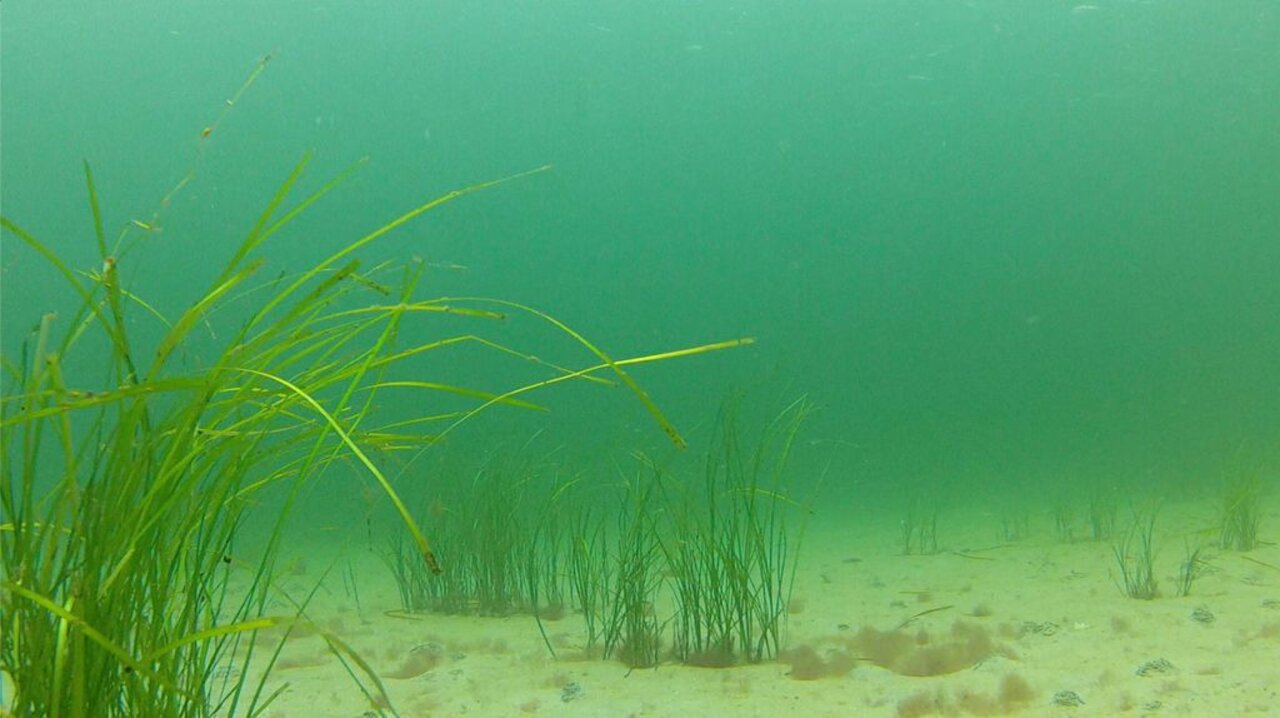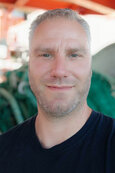Project
What is the state of our coastal fish community?

Coastal fish monitoring in the Baltic Sea waters of Schleswig-Holstein (northern Germany)
In this project (KüF3) a standardized coastal fish monitoring is developed for the coastal Baltic Sea areas of Schleswig-Holstein considering the guidelines of the Marine Strategy Framework Directive.
Background and Objective
The aim of the European Marine Strategy Framework Directive (MSFD) from 2008 comprises reaching a good environmental status in the seas of the European Union. In this context, EU member states develop strategies for their respective marine areas. This includes:
- to assess the current status of marine areas and describe a good environmental status
- to determine environmental targets and develop indicators that adequately mirror the environmental status
- to develop a monitoring programme and a programme of measures to continuously monitor the environmental state and to reach or maintain a good environmental status.
Coastal fish represent an important component of marine ecosystems. Due to their position in food webs as predators, but also as prey organisms, they connect different trophic levels and contribute to ecosystem functioning. Furthermore, they play an essential role in small-scale commercial coastal- and recreational fisheries. Therefore, the MSFD aims to assess the state of the coastal fish fauna. Coastal fish are already monitored in several neighbouring states of the Baltic Sea considering the HELCOM guidelines. However, various spatial and temporal gaps exist within this monitoring and methods are not yet uniform and standardized across and within countries.
With respect to these inconsistencies, the KüFi3- project aims to gather the basic knowledge to develop a coastal fish monitoring of the Baltic Sea waters off Schleswig-Holstein. Additionally, potential indicators for the assessment of the coastal fish community will be tested. Intensive sampling of coastal habitats within this three-year-project will serve as the basis for developing a standardized long-term monitoring that aims to describe and, by means of indicators, assess the state of the coastal fish community in the long run. The planned monitoring will gather information concerning the MSFD descriptors 1, 2, and 4 (biodiversity, non-indigenous species, food webs). Furthermore, information will be collected regarding Red List-species in German coastal waters.

Approach
In a pilot study, seven potential sampling areas along the Baltic coast of Schleswig-Holstein were identified (see map). These areas are characterized by their proximity to already existing monitoring stations (assessment of macrophytes, macrozoobenthos and chemical water properties). Five habitat types, typical for the German coast, will be sampled in each of the seven sampling areas to gather as much data as possible in the beginning of the project. These habitats comprise seagrass meadows, rocky reefs, bare sand areas, blue mussel beds, and bladderwrack belts. Different active and passive fishing gear will be used for sampling to capture a broad size and species spectrum. Amongst others, gillnets („Nordic coastal multi-mesh gillnets“), fykes, fish traps („minnow traps“) and beach seines will be used.
Data and Methods
The fish community will be characterized by means of different variables. This includes total/species abundances, species richness, biomass, size, condition and diet composition. The habitats/sampling stations will be described by means of abiotic environmental variables, such as water temperature, salinity and oxygen content. Based on the collected data, the state and species composition of the coastal fish fauna can be described, shedding light on the significance of the examined habitats for coastal fish. In this context, indicators will be developed and tested that adequately assess the state of the coastal fish community.
Publications
- 0
Henseler C, Oesterwind D (2024) FishNet Ostsee 2020-2023: Monitoring der Küstenfischfauna in der schleswig-holsteinischen Ostsee; Projektbericht. Rostock: Thünen-Institut für Ostseefischerei, 60 p
- 1
Henseler C, Oesterwind D (2023) A comparison of fishing methods to sample coastal fish communities in temperate seagrass meadows. Mar Ecol Progr Ser 715:91-111, DOI:10.3354/meps14347
- 2
Henseler C, Oesterwind D (2023) FishNet Ostsee - Entwicklung eines Küstenfischmonitorings für die Ostseeküste Schleswig-Holsteins (2020-2021) : Projektbericht. Rostock: Thünen-Institut für Ostseefischerei, 42 p
- 3
Behrens JW, Oesterwind D, Bergström U, Borcherding J, Carruel G, Florin A-B, Green L, Henseler C, Jusufovski D, Lilja J, Moran NP, Mosegaard H, Naddafi R, Noomaa K, Ojaveer H, Olsson J, Pedersen EM, Puntila-Dodd R, Putnis I, Rozenfelde L, et al (2022) Workshop on stickleback and round goby in the Baltic Sea (WKSTARGATE). Copenhagen: ICES, 56 p, ICES Sci Rep 4(77), DOI:10.17895/ices.pub.21345291
- 4
Henseler C, Oesterwind D, Kotterba P, Nordström MC, Snickars M, Törnroos A, Bonsdorff E (2021) Impact of round goby on native invertebrate communities - An experimental field study. J Exp Mar Biol Ecol 541:151571, DOI:10.1016/j.jembe.2021.151571
Thünen-Contact

Involved Thünen-Partners
Funding Body
-
Bundesland Schleswig-Holstein
(national, öffentlich)
Duration
9.2020 - 10.2024
More Information
Project status:
finished

![[Translate to English:] [Translate to English:]](/media/_processed_/d/7/csm_Startseite-OF_03_c0dfd6e750.png)
![[Translate to English:] [Translate to English:]](/media/_processed_/a/3/csm_20181116-151457-Stella-Jerome-Fischfalle-Warnem%C3%BCnde-Dorsche-im-Netzk%C3%A4fig-5691_heller_3050c72fa2.png)





